This technique could potentially be used effectively to reduce the catch of small redfish, and perhaps in other trawl fisheries to reduce the catch of small fish
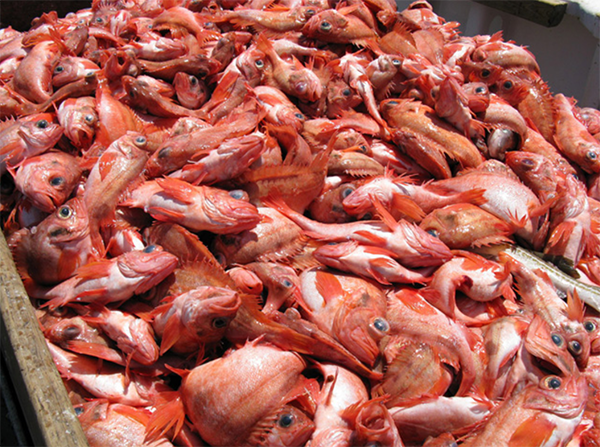
Discards are the portion of the catch consisting of unwanted species that are either too small or have no market value and are thrown overboard at sea after capture. Estimating and reducing discards in the catch of marine fisheries, particularly in commercial fishing, has been the subject of much concern by fisheries management, fishers, and researchers in recent decades. Estimated annual discards in global marine fisheries during 2010–2014 were around 9.1 million tons, occupying approximately 10.8 percent of the total annual catch. The amount of discard varies according to region and gear type. For example, in the Northeast Atlantic and Northwest Pacific, the annual discards occupied 39 percent of annual totals, with 33 percent contributed by bottom trawl fisheries.
Discarding from commercial fisheries is expected to impact marine ecosystems and stock management globally. High levels of discards in marine fisheries threaten sustainable fisheries by inducing unnecessary fishing mortality, which is considered a waste of natural resources. Additionally, discard problems make fisheries management designs and execution difficult. Thus, in recent years, many fisheries have been managed with discard quotas, effort regulation, no-discard regimes, and selective fishing to reduce discards.
In the Gulf of St. Lawrence (Canada), two redfish species are commercially harvested, deepwater redfish (Sebastes mentella) and Acadian redfish (S. fasciatus). These species are slow-growing, late-maturing and long-lived and are thus susceptible to overfishing. Due to recent strong recruitment events, there is a large redfish biomass now found in the Gulf of St. Lawrence, which will lead to a reopening of the commercial fishery. Considering that the high proportion of undersized redfish captured led to the redfish fishery moratorium in the 1990s, continued research should be applied to further reduce the capture of small redfish in the commercial fishery.
Recently, several studies have investigated the use of active stimulating devices (ASDs), or in conjunction with bycatch reduction devices to increase the escape of undersized fish in trawls. ASDs have been developed to encourage fish to approach netting, bycatch reduction devices (BRDs), or an area where a fishing gear (typically trawl) will increase the likelihood of escape. Thus, an ASD stimulates fish to react to a moving object (e.g., rope, trawl panel) increasing the likelihood of contact and escape through a BRD, mesh, or other opening.
This article – summarized from the original publication (Nguyen, V.Y. et al. 2023. Developing a full-scale shaking codend (the narrow end of a tapered trawl net) to reduce the capture of small fish. PLoS ONE 18(1): e0280751) – presents the results of a study to develop a shaking codend to reduce the capture of small redfish. Additionally, a full-scale sea trial was attempted for the first time using a shaking codend using commercial gear in a commercial fishing scenario, comparing the catches with and without the canvas using a covered codend technique.
Study setup
To reduce the retention of undersized fish in the redfish trawl fishery in the Gulf of St. Lawrence, Canada, we developed a full-scale shaking codend. The shaking codend used a mechanical stimulating device, an elliptical-shaped piece of polyvinyl chloride canvas, attached to the posterior of a T90 codend (a diamond mesh codend rotated 90 degrees in the transversal direction) that generates a lifting force with respect to drag, causing a ‘shaking motion. A shaking codend could stimulate fish movement and increase contact probability, both of which could increase the escape of small redfish out of a codend, especially when combined with a codend that maintains mesh openings.
The movement and fishing characteristics of a shaking codend (T90 codend with canvas) relative to a T90 codend (without canvas) were tested in a flume tank (used to conduct performance evaluations, gear tests and other observations on newly developed or existing fishing gears and other related equipment in simulated underwater and near-surface conditions) and field experiment. Codend movement was quantified in a flume tank located at the Centre for Sustainable Aquatic Resources, Fisheries and Marine Institute of Memorial University of Newfoundland, Canada. And experimental fishing was performed on a commercial fishing vessel off the west coast off Newfoundland in the Gulf of St. Lawrence, Canada.
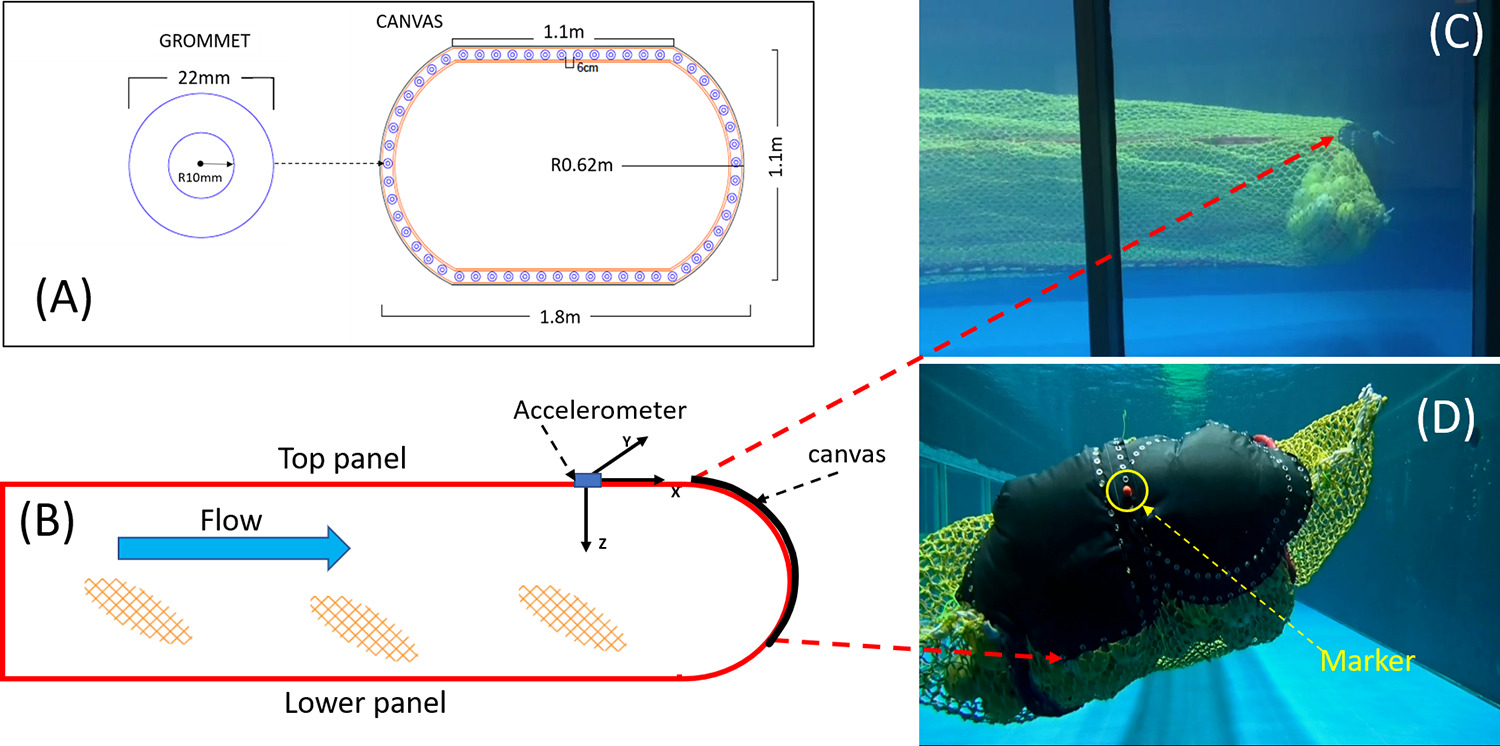
For detailed information on the experimental design, the flume tank and field experiments, refer to the original publication.
Results and discussion
This is the first known study to use a shaking codend at a commercial scale and to produce and compare size selectivity curves between a shaking and non-shaking codend. Our preliminary results obtained during a small-scale sea trial indicated that the shaking codend reduced the capture of undersized redfish in Canada’s Gulf of St. Lawrence trawl fishery and was easy to handle and use in a commercial context. Flume tank tests showed that the shaking codend was much more dynamic than the T90 codend, having a larger amplitude ratio, period, and slightly larger TA and also had a higher drag. This movement likely led to the reduction in catch of small redfish, improving contact probability and potentially motivating fish to escape through the codend meshes.
We were able to test a shaking codend on a commercial fishing vessel and not only quantify its movement and size selectivity but assess how such a design could be used in a commercial setting. Certainly, adding a tarp over the codend adds time in terms of opening and closing the codend, since the tarp is over the top of the typical location of the codend opening. However, we were able to use twine to fasten the tarp to the codend, which took approximately 20 min. If such a design was used during commercial fishing, improvements should be considered to shorten the time to take the tarp on and off to have access to the codend opening. Using a more fast-opening process, such as a large, heavy-duty zipper, instead of tying the tarp on and off for each haul could be a more time-efficient approach to be used in commercial fisheries. Otherwise, the addition of the tarp was found to have no other observed effect on the handling of the fishing gear.
Smaller redfish were shown to be retained less often by the shaking codend and this may be explained by the improved contact probability of the shaking codend. What is causing redfish to have improved contact in the shaking codend is not clear. The shaking codend could simply be providing more physical contact to fish that are not very active in the codend, i.e., the movement leads to more fish having contact with the meshes. Conversely, the shaking codend could be promoting behavior (e.g., escape attempts) that leads to more contact with the codend.

Active stimulation devices have been shown to increase small fish escape, which likely could improve the contact probability between fish and the codend meshes. The sweeping of upper and lower panels when the codend moves vertically could reduce the space in the codend that can reduce the available swimming space of fish in the codend, as well as the distance between the meshes and the fish. These effects can lead to an increase in fish contact with the meshes and penetration through the meshes, rather than being impinged to the codend and prevented from escape.
Overall, the escape probability of fish through the codend meshes is related to the distance between fish in the middle of the codend and codend panels. This distance likely can be decreased with increasing amplitude ratio (overall minimum distance to codend panels reduced on average), leading to more fish in the codend coming into contact with the meshes, and therefore increasing escape likelihood. Future work should consider using cameras to document redfish behavior to a shaking codend.
Fish escape through codend meshes can be affected by swimming endurance, which is generally limited once fish have reached the codend. Additionally, turbulence generated from the rear of the codend can also affect swimming endurance by reducing the swimming speed required to maintain station ahead of accumulated catch. Likely, the relatively high turbulence created by attaching the canvas at the rear of the codend in this study, combined with the movement of the codend, potentially provide redfish an additional capacity to keep station ahead of accumulated catch and orient to swim through codend meshes. This could lead to a relatively higher number of redfish, particularly small individuals, to come into contact with the codend meshes to escape, compared with the codend without canvas.
Nevertheless, the difference in replicates between treatments should provide some caution, and further research should continue to fully understand the size selectivity of a shaking codend. That said, both the model fit and confidence interval size show that the data collected are reasonable for the applied analyses.
Perspectives
This study developed a full-scale shaking codend from a 90 mm T90 codend, which has been suggested to replace the currently regulated 90 mm T0 to improve the size selectivity of the Gulf of St. Lawrence redfish fishery. Currently, the Gulf of St. Lawrence has a large biomass of deepwater redfish and a commercial fishery is imminent. Our preliminary results from the sea trials show that a shaking codend further reduced the capture of small fish than the T90 codend alone, which already showed great improvement when compared to the traditionally used T0 codend.
The development of new methods to sustainably harvest redfish are necessary to prevent overfishing of a species that is sensitive to fishing. In this study, the shaking codend has shown the potential to be used to harvest redfish sustainably, capturing fewer undersized fish.
Now that you've reached the end of the article ...
… please consider supporting GSA’s mission to advance responsible seafood practices through education, advocacy and third-party assurances. The Advocate aims to document the evolution of responsible seafood practices and share the expansive knowledge of our vast network of contributors.
By becoming a Global Seafood Alliance member, you’re ensuring that all of the pre-competitive work we do through member benefits, resources and events can continue. Individual membership costs just $50 a year.
Not a GSA member? Join us.
Author
-
Shannon M. Bayse
Corresponding author
Fisheries and Marine Institute, Memorial University of Newfoundland, St. John’s, NL, Canada
Tagged With
Related Posts
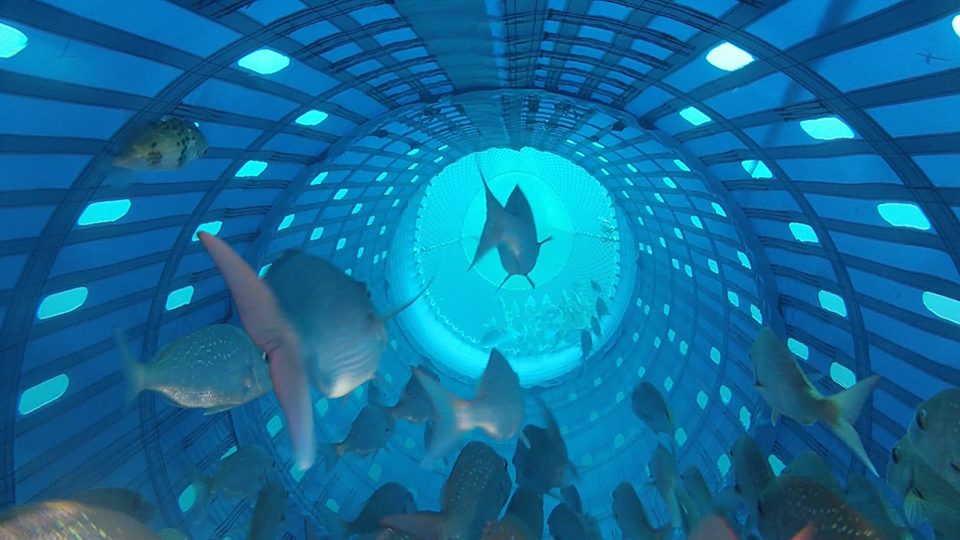
Fisheries
‘We were just looking for a way to fish better’: How one partnership is reinventing commercial fishing nets to reduce bycatch and improve animal welfare
Precision Seafood Harvesting’s novel reimagining of commercial fishing nets provides innovative solutions to both bycatch and animal welfare issues.
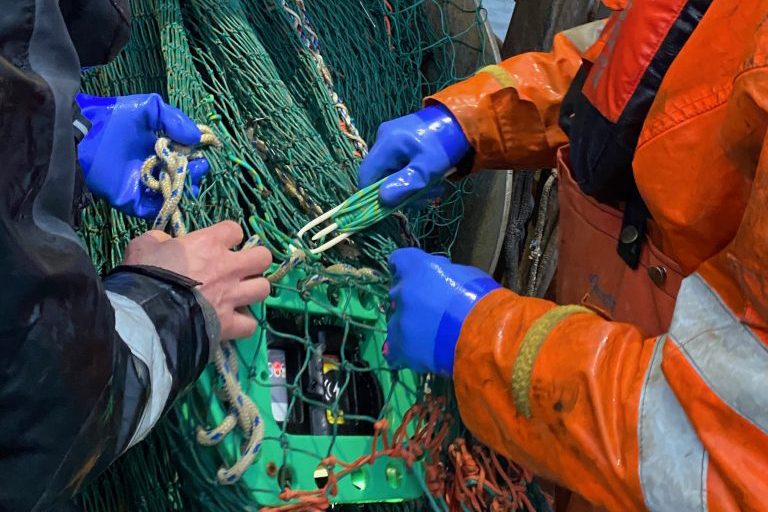
Fisheries
‘A world down below’ – Deeper fishing insights lead to better tools for bycatch reduction
High-tech bycatch reduction devices – data analytics, cameras and sensors – are in play but SafetyNet Technologies says the secret is collaboration.
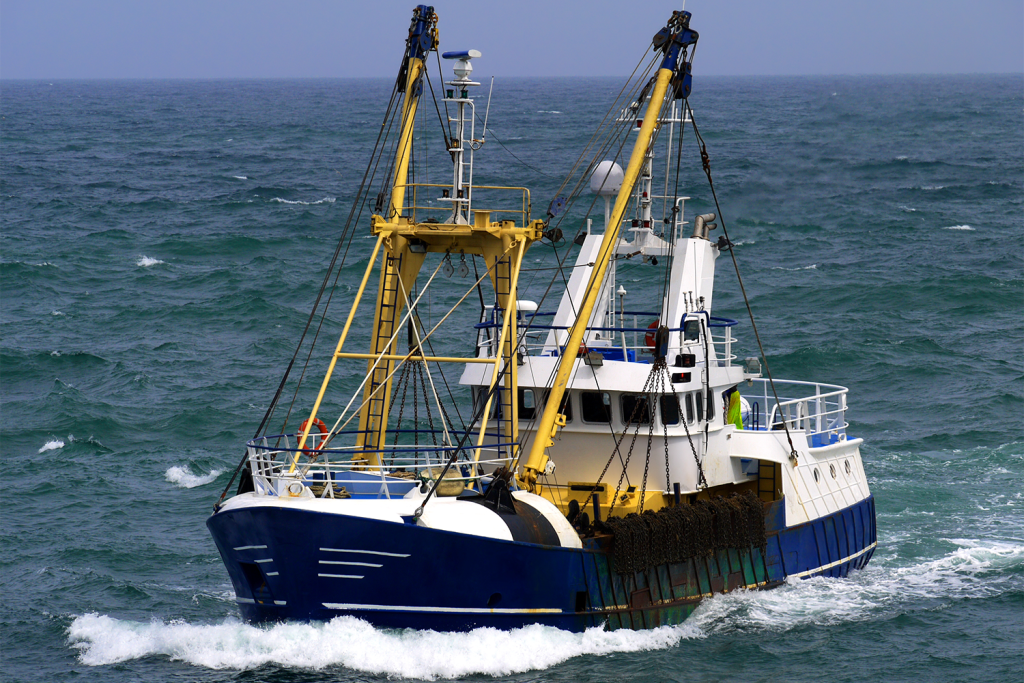
Fisheries
Fisheries in Focus: Busting misconceptions about bottom trawling and its environmental impacts
Fisheries researchers examine all environmental impacts of bottom-trawling and compare the fishing method to other forms of food production.
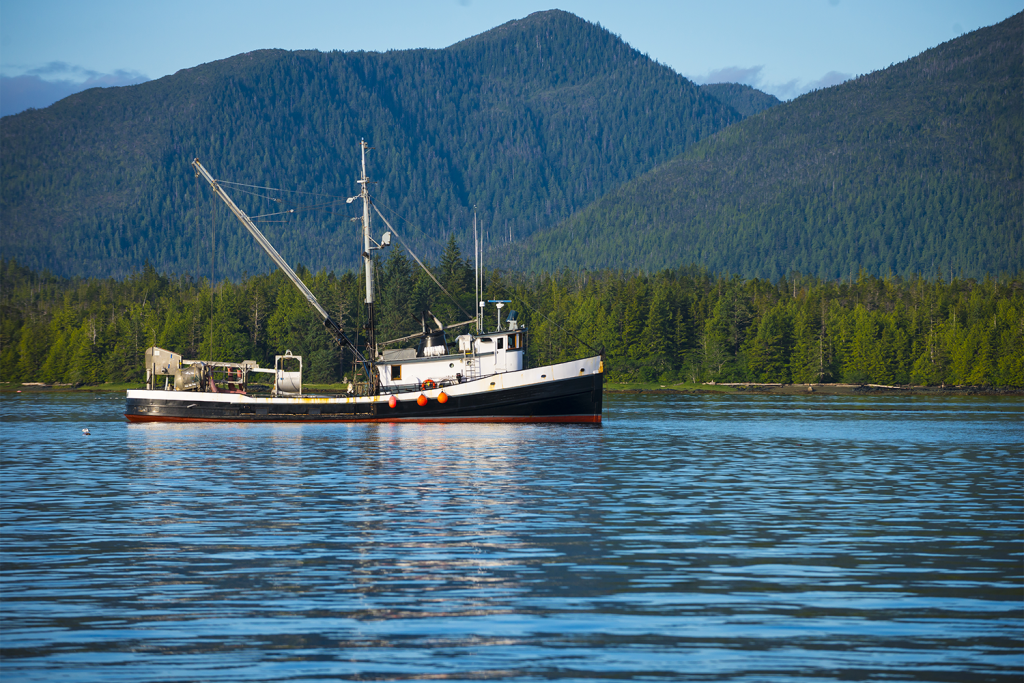
Fisheries
Fisheries in Focus: What is the Fisheries Management Index and what does it say about U.S. fisheries?
To properly evaluate a fishery management system, we need a measure of the management regime as a whole: Enter the Fisheries Management Index (FMI).



